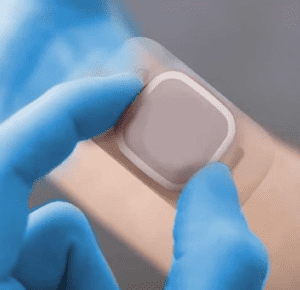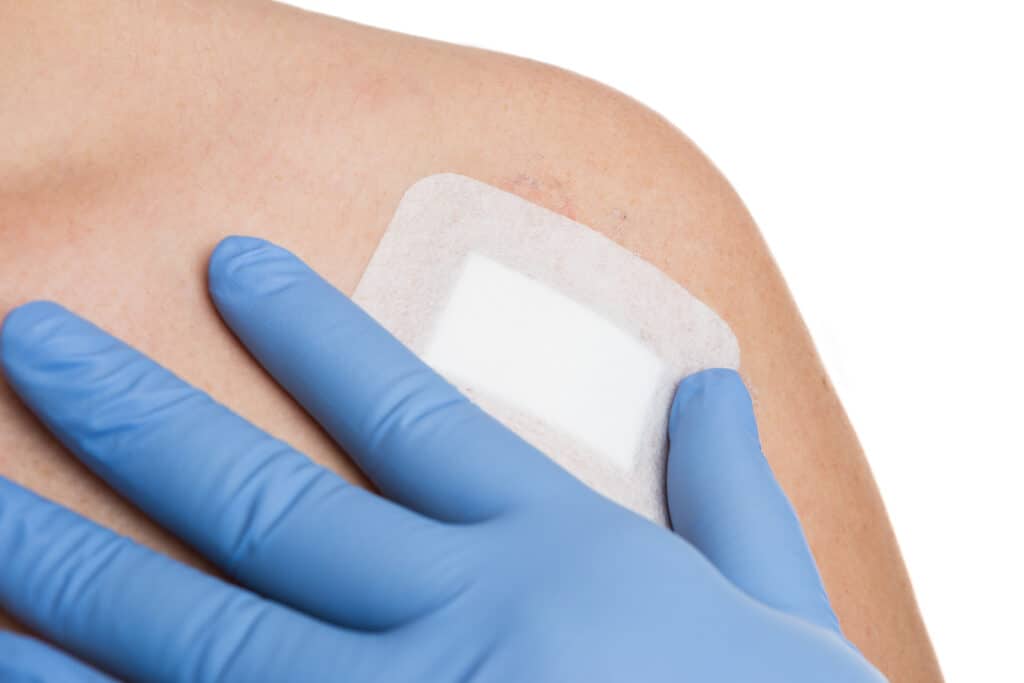Wound care devices play a crucial role in the healthcare industry, aiding in the treatment and healing of injuries. As technology continues to advance, so does the manufacturing process of these devices. Understanding the intricacies of wound care device manufacturing is essential for healthcare professionals and manufacturers. We explore five key insights to help you navigate the world of wound care device manufacturing.
1. Adhering to Regulatory Standards:
Manufacturing wound care devices is subject to rigorous regulatory standards to ensure the safety and efficacy of these medical applications. Regulatory bodies, such as the Food and Drug Administration (FDA) & the European Medicines Agency (EMA), set guidelines that manufacturers must adhere to. Compliance with these standards involves rigorous testing, quality control measures, and documentation of the entire manufacturing process. Understanding and meeting these regulatory requirements is paramount to delivering high-quality wound care devices to the market.
2. Material Selection and Biocompatibility:
Choosing the right materials is a critical aspect of manufacturing. Devices come into direct contact with the patient’s skin, therefore materials must be biocompatible, non-toxic, and hypoallergenic. Manufacturers must consider factors like durability, flexibility, sterilization and the trauma level when removing the wound care device when selecting materials. Additionally, advancements in materials science contribute to the development of innovative wound care solutions, such as smart dressings and bioactive materials that enhance the healing process. Some of the materials you may be considering are non wovens, hydrogels, medical foams or films and an experienced CMO will be able to advise you on materials combinations for the most successful design outcome and cost effective manufacturing process.
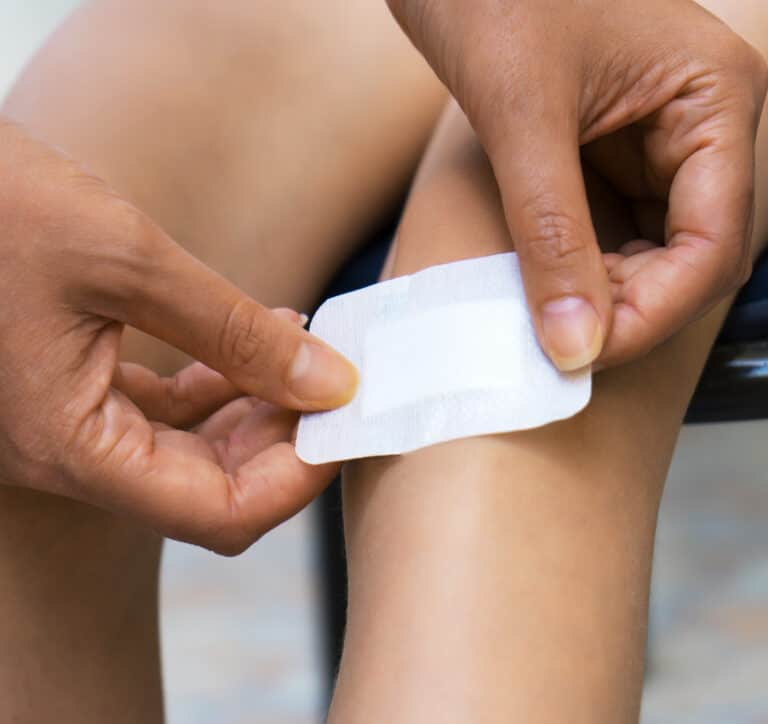
3. Innovative Manufacturing:
The landscape of wound care is continually evolving with advancements in design and technology. Manufacturers are incorporating innovative features, such as sensors for real-time monitoring, controlled drug release mechanisms, and nanotechnology for improved wound healing. Keeping informed about the latest trends in wound care technology allows manufacturers to produce devices that not only meet current healthcare needs but also pave the way for future breakthroughs in the field, therefore working with a CMO that is continuously improving with innovative new technologies and approaches could advance your device. A CMO with fully validated capabilities is a trusted partner that can work with you to provide bespoke solutions when manufacturing your device, there are a wide range of services that may be required when producing your device, therefore it is important to choose a manufacturer that has experience and understanding of the complexities of medical device design.
4. Die Cutting and Lamination:
Patients have unique wound care requirements, and one size does not fit all. Manufacturing processes must be flexible enough to accommodate customization. This includes variations in size, shape, and features to address specific wound types and patient conditions. Customizable wound care devices contribute to more effective treatment strategies and better patient outcomes. In order to manufacture a wound care device die cutting and lamination are important parts of the process, factors like tight tolerance die cuts, reducing waste material, island placement and multi-layered lamination are all likely to be required for your production process.
5. Supply Chain Resilience:
The COVID-19 pandemic highlighted the importance of a resilient supply chain in the healthcare industry. Wound care device manufacturers must establish robust supply chain strategies to mitigate disruptions and ensure a steady flow of materials. This involves diversifying suppliers, implementing contingency plans, and staying informed about global events that may impact the availability of raw materials or transportation, when building your supply chain its important that you have contingencies in place to negate the cost implication and delays that may occur should part of the chain run into an issue.
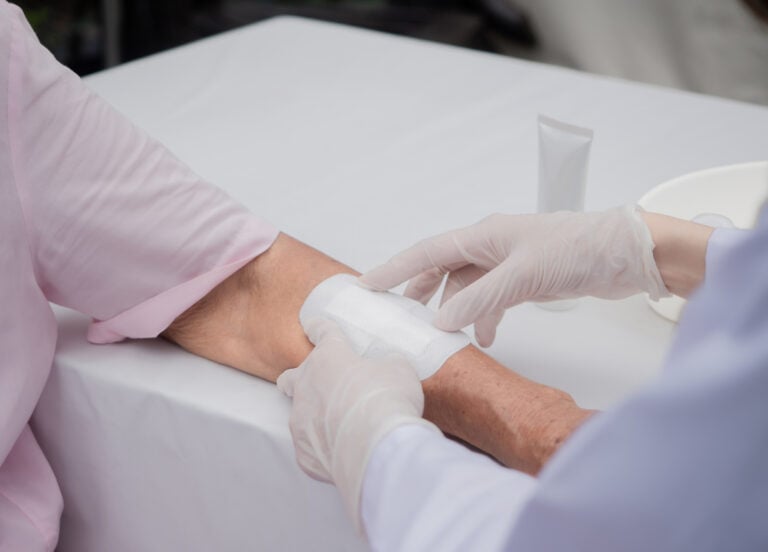
Wound care device manufacturing is a dynamic and highly regulated field that requires a deep understanding of both medical and engineering principles. By staying informed about regulatory standards, materials science, technological advancements, customization needs, and supply chain resilience, manufacturers can contribute to the development of cutting-edge wound care solutions that enhance patient care and outcomes. As the healthcare industry continues to evolve, so too will the processes and technologies driving wound care device manufacturing.
Read More from PolarSeal
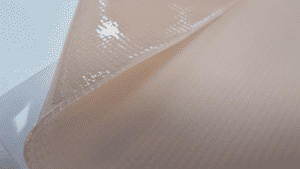
Hydrogel Wound Care Manufacturing
Key considerations When manufacturing a hydrogel dressing, it is essential to consider various factors to ensure the production of a high-quality product that meets safety

CBD: An exciting breakthrough in wound care
Wound care is an expensive and time-consuming area of primary healthcare. In 2012/13, the NHS treated 2.2 million wounds at a cost of £4.5 billion

A Bespoke Solution For A Global Medical Device Manufacturer For An Advanced Wound Care Dressing.
Introduction With the wound care market growing and predicted to continue to expand over the next few years, global medical device manufacturers contact PolarSeal to


